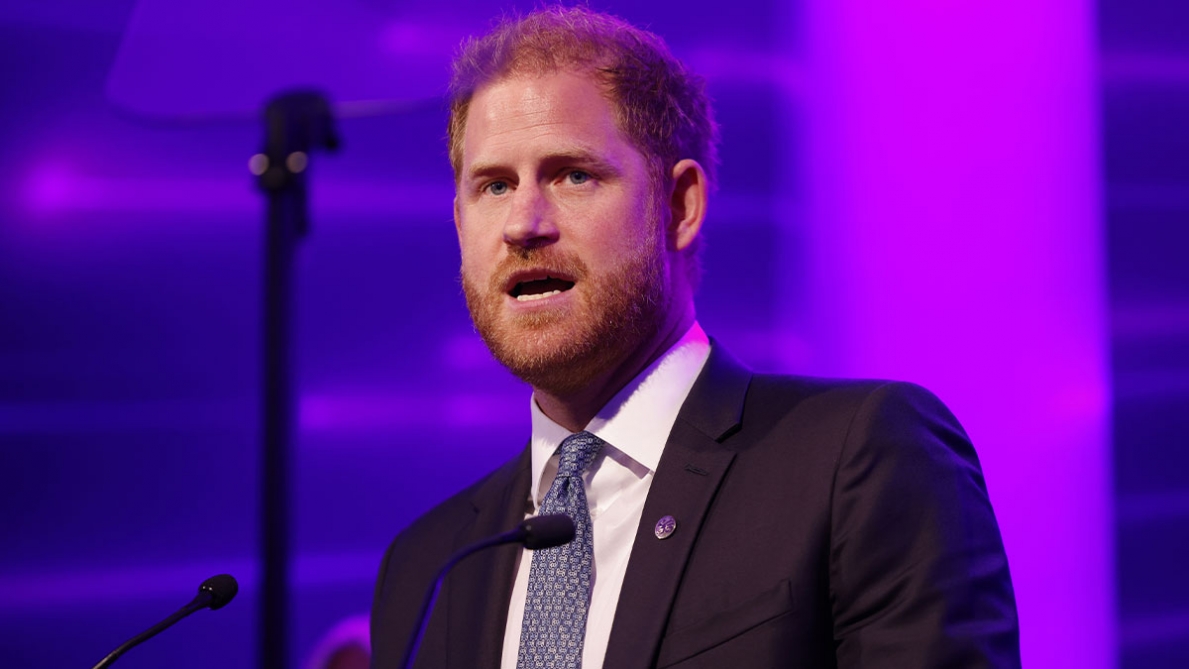Elon Musk released part of Twitter’s code at the end of March, as promised when he bought the social network. Observers have since wondered about the scope of the event.
On March 31, Twitter published several parts of its source code on the Github platform, which is widely used by developers, that is, instructions in the computer language that govern the operation of its social network. In particular, he unveiled his own recommendation algorithm, which selects and organizes tweets into the For You tab. Some parts of the code were already leaked a few days ago on Github but Twitter asked to remove them.
Few companies declassify their computer code, which is a competitive advantage. However, some organizations choose to develop in “open source” (free access) to allow third-party developers to improve their software. Twitter did just that in 2021 with its image cropping algorithm, which has been accused of racial bias.
Elon Musk in particular says he was inspired by Bitcoin, a cryptocurrency whose code is freely available so everyone can check for flaws. Inspired by the constant stream of scrolling videos on Tiktok, the “For you” tab presents a list of tweets half from accounts the user has subscribed to, and half from the entire network. For this purpose, Twitter meticulously analyzes users’ behavior, estimates their “reputation”, and brings together people with similar interests. Each user is placed within 145,000 “communities,” social circles updated every three weeks that together can group from a few thousand to hundreds of millions of accounts, Twitter explains in a blog post.
The “Pop” community has 332 million users, including Katy Perry, Rihanna, and Justin Timberlake. Bollywood has a community of 80 million people.
“pretending to be transparent”
Twitter states: “The more users in a community like a Tweet, the more relevant that Tweet is to that community” and promoted by the algorithm. On the contrary, the value of publishing on very different topics will be devalued. This process, reminiscent of the “filter bubbles” long deplored by social networking experts, increases user engagement but tends to reduce the diversity of content and shared opinions within the community.
The code also reveals that “likes” affect the popularity of a tweet much more strongly than “retweets” or even replies.
Finally, the algorithm favors subscribers to Twitter Blue’s new paid offer, as indicated by Elon Musk.
Twitter has chosen not to disclose the algorithm’s training data or associated AI model parameters at this point. Its justification: not to “compromise the security and privacy of users” or “undermine (its efforts) to combat the sexual exploitation and manipulation of children.”
But for journalist Nicholas Kaiser Brill, who specializes in the study of algorithms, “You can’t understand a program just by reading the code. You have to be able to run it on the computer.” “Publishing large amounts of code without instructions can be worse than useless. It allows for demands for transparency while making real auditing impossible,” he wrote in a newsletter.
The role of certain pieces of published code also raises questions, particularly those that refer to election periods or make it possible to tell whether the author of a tweet is an elected Democrat, a Republican, or Elon Musk himself.
According to a regulation on digital services that comes into force this year in the European Union, “very large platforms” with more than 45 million active users, such as Facebook, Instagram or Tiktok, will have to allow the authorities to study their algorithms.
In response to a question by a Senate investigative committee, Cnil’s director of technologies, Bertrand Pilhes, said he had not taken a “position” on this commitment, which currently only applies in France to public algorithms. “You have to keep in mind that the release can also reveal security issues. It’s something you have to do with caution,” he said.
Elon Musk released part of Twitter’s code at the end of March, as promised when he bought the social network. Observers have since wondered about the scope of the event. On March 31, Twitter posted on the Github platform, which is widely used by developers, several pieces of source code, that is, instructions in the computer language that govern…

“Hardcore beer fanatic. Falls down a lot. Professional coffee fan. Music ninja.”







More Stories
We tell you everything!
Yeast can help preserve food
Communications Assistant – MaCommunaute.ca